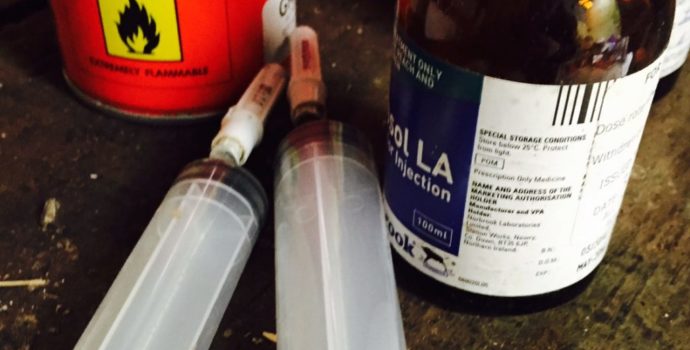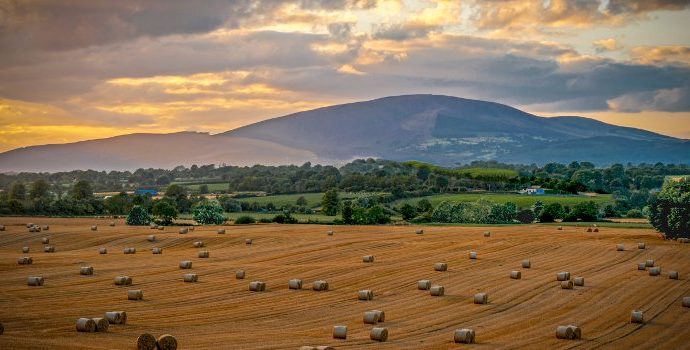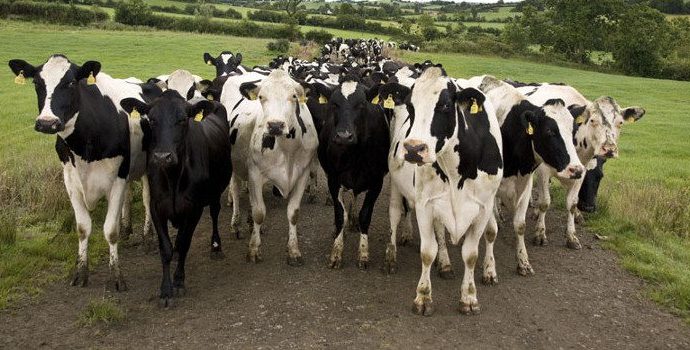Positive Price Prospects on Lamb at European Sheep Meeting – IFA

Speaking from the EU Commission Civil Dialogue group meeting on sheepmeat in Brussels this week, IFA National Sheep Chairman John Lynskey said the prospects for lamb remain positive with the EU forecasting reduced production and tighter supplies for 2014 and 2015.
John Lynskey said the EU are predicting sheepmeat output in the EU to contract by just under 1% in 2014 to approximately 916,000 tonnes, with most countries indicating a further decline in supplies for 2015. He said the fall in production is largely driven by lower output in France, Spain and Germany. French production is expected to be down 2.5% with some recovery next year. However, production in the UK and Ireland is set to increase in 2014.
The IFA Sheep Chairman said production is set to continue its reduction into 2015, but at a slower rate. “One of the largest sheep flocks in the EU in Spain is set to decline a further 9% in 2015. Production is also set to decline in Germany. John Lynskey said the EU are predicting a small increase in production in France, the UK and Ireland due to increases in the breeding flock.”
He said a very positive aspect of the trade in 2013 was the major increase in EU exports of sheepmeat and live animals, up 34% to 74,467 tonnes in carcase weight equivalent. In 2013, the EU exported 1,861,431 sheep live, with Libya and Jordan as the main destinations. The live market is equally as strong in 2014 with over 1,200,000 sheep exported live to the end of Aug.
The IFA sheep farmers’ leader said for January to July this year New Zealand imports are down 7% to around 118,000 tonnes. However this reduction in New Zealand product has been compensated somewhat by an increase in Australian imports in the region of 22%, and an 11% increase in imports from Chile.
John Lynskey said, “The price prospects for 2015 remain positive with the EU Commission forecasting price increases for both heavy and light lamb. Reduced production in some of the main member states, a strong live trade to North Africa and reduced imports from New Zealand all point to positive price prospects for next year”.




